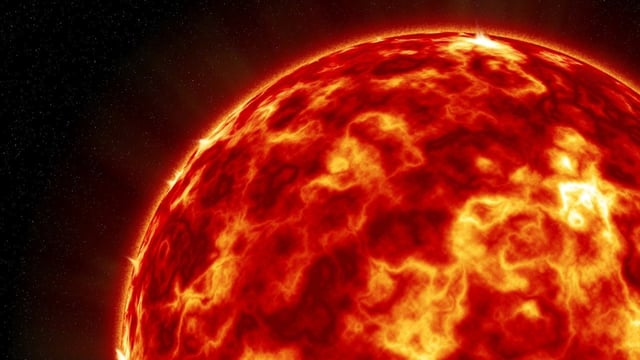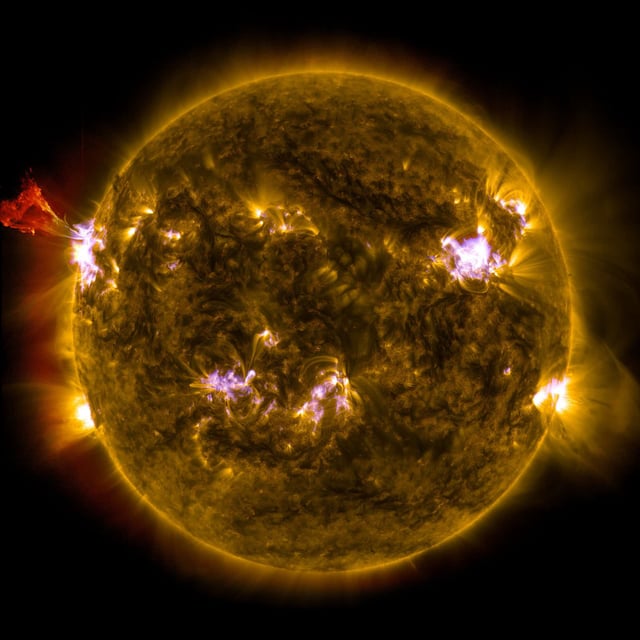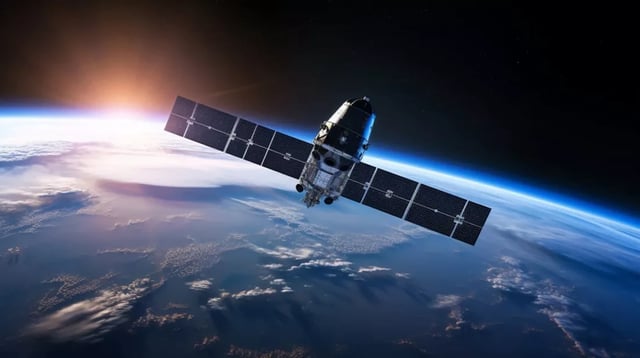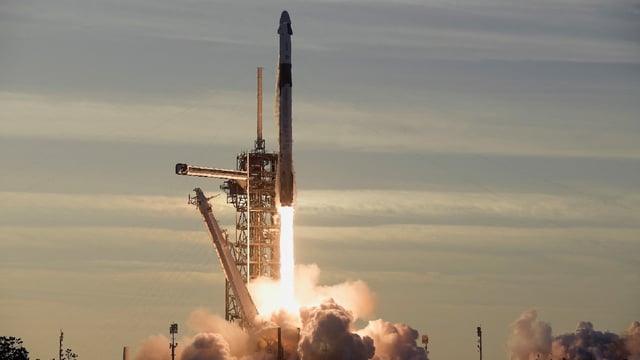Overview
- A NASA study led by Denny Oliveira shows solar maximum–driven geomagnetic storms boost atmospheric drag and cut Starlink satellite lifespans by as much as 10 days.
- SpaceX now has over 7,000 Starlink satellites in low Earth orbit, with 523 unplanned re-entries recorded between 2020 and 2024.
- During a recent storm, 37 Starlink satellites re-entered within five days instead of the usual 15+ days for orbits below 300 kilometers.
- Faster re-entries raise debris concerns after a 2.5 kilogram Starlink fragment was found on a Saskatchewan farm in August 2024.
- Industry experts call for improved solar activity forecasting and more resilient satellite designs to manage debris risks and sustain the growing space economy.



